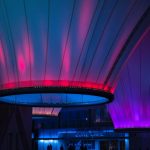LED Light Lifespan: How Long Can You Expect Your Bulbs to Shine?
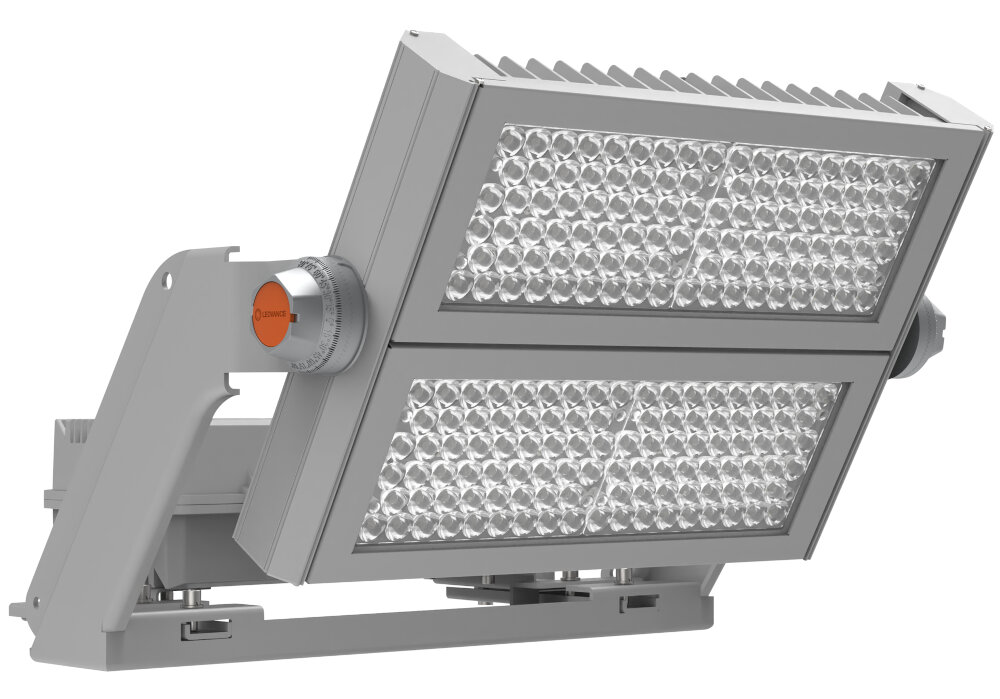
Light Emitting Diode (LED) lighting has revolutionized the way we light up our homes and businesses. Not only do they consume less energy than traditional incandescent bulbs, but they also emit brighter light and last longer. However, just like any other light bulb, LED bulbs also have a lifespan. The question is, how long can you expect your LED bulbs to shine? In this article, we will explore the factors that affect the lifespan of LED bulbs and give you an idea of what you can expect from them. LED bulbs are known for their longevity, with some manufacturers claiming their products can last up to 50,000 hours. However, the lifespan of an LED bulb depends on several factors, including the quality of the bulb, the operating environment, and how often it is used. For instance, if you use an LED bulb for eight hours a day, it will last longer than if you use it for 24 hours a day. Similarly, if you install an LED bulb in a hot and humid environment, it will not last as long as if you install it in a cool and dry environment. In the following sections, we will delve deeper into these factors and give you a better understanding of LED light lifespan.
The lifespan of LED lights is of utmost importance in terms of cost efficiency and sustainability. LED lights have a longer lifespan as compared to traditional incandescent bulbs, which leads to lower maintenance costs and fewer replacements, making it an eco-friendly and budget-friendly option. Moreover, LED lights use less energy, making them more energy-efficient, and reducing the carbon footprint. LED lights are suitable for indoor and outdoor use, and their long lifespan makes them ideal for hard-to-reach areas, where frequent replacements are challenging. Therefore, investing in LED lights not only saves money but also contributes to a cleaner and greener environment.
LED lights or light-emitting diodes are a type of semiconductor device that emits light when a voltage is applied across it. They work by converting electrical energy directly into light energy through the movement of electrons in a material. When an electric current is passed through a semiconductor material, it excites the electrons and causes them to move from one energy level to another, releasing energy in the form of photons. The color of the light emitted depends on the type of semiconductor material used. LED lights are highly efficient and long-lasting compared to traditional incandescent bulbs, making them a popular choice for lighting applications.
Factors Affecting LED Light Lifespan
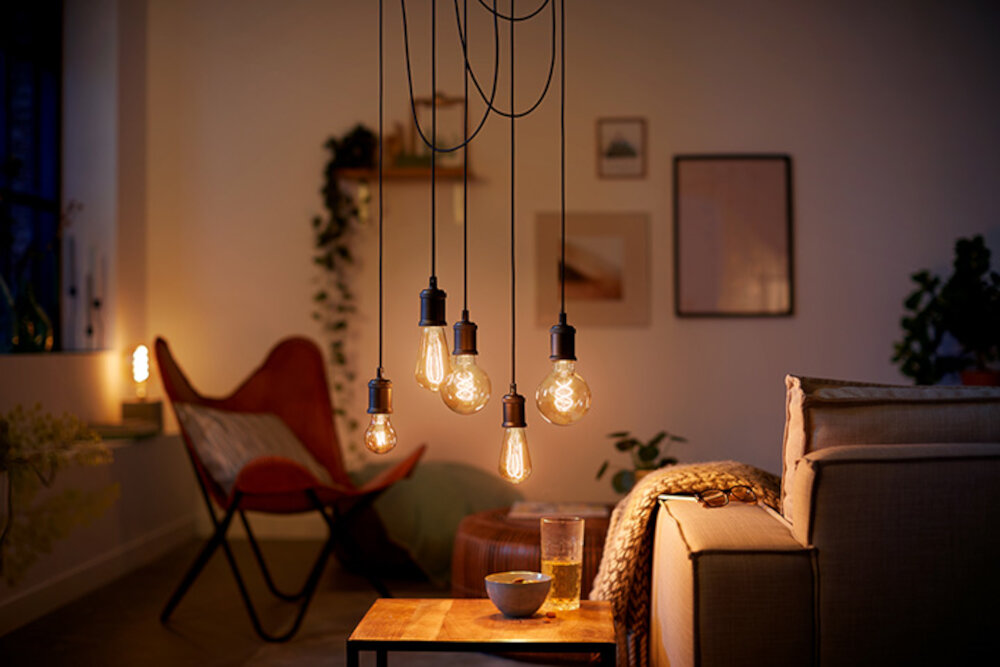
LED lights are becoming increasingly popular due to their energy efficiency and long lifespan. However, like all electronic devices, their lifespan can be affected by various factors. One of the most significant factors that can affect the lifespan of LED lights is their operating temperature. LED lights generate heat as they operate, and when they get too hot, it can significantly reduce their lifespan. To prevent this, LED lights must be properly installed and have adequate ventilation to dissipate the heat they generate. Additionally, LED lights should not be used in areas where they are exposed to direct sunlight, as this can also cause them to overheat. Another factor that can affect the lifespan of LED lights is their power supply. LED lights require a constant current to operate, and if they are not supplied with the correct current, it can lead to premature failure. Therefore, it is essential to use a high-quality power supply that is specifically designed for LED lights. Additionally, LED lights should be protected from power surges and voltage spikes, as these can also cause damage to the LED chips and shorten their lifespan. By taking these precautions, LED lights can provide many years of reliable and energy-efficient lighting.
Heat dissipation is a crucial factor when it comes to extending the lifespan of LED lights. LED lights generate heat when they are in use, and if this heat is not effectively dissipated, it can cause the bulbs to fail prematurely. To prevent this from happening, LED bulbs are designed with heat sinks and other cooling mechanisms that help to dissipate heat and keep the bulbs operating at a safe temperature. Proper heat dissipation not only extends the lifespan of LED bulbs but also helps them to maintain their brightness and color accuracy over time. Therefore, it is essential to choose LED bulbs that are designed with effective heat dissipation systems to ensure that they last as long as possible.
The quality of components used in LED lights is a key factor in determining their lifespan. High-quality LEDs, drivers, and other components are designed to withstand the rigors of daily use and can last for tens of thousands of hours. On the other hand, cheaper components may fail prematurely or wear out more quickly. When purchasing LED lights, it is important to look for products that use high-quality components from reputable manufacturers. While these products may be more expensive in the short term, they can save money over time by lasting longer and requiring fewer replacements. Additionally, high-quality components can improve the performance and energy efficiency of LED lights, making them a worthwhile investment for any home or business.
Usage patterns play a crucial role in determining the lifespan of LED lights. The longevity of these bulbs can be affected by factors such as the temperature of the environment, the frequency of usage, and the type of fixture they are installed in. For instance, LED lights installed in enclosed fixtures tend to have a shorter lifespan due to the accumulation of heat. Similarly, frequent switching on and off of the bulbs can shorten their lifespan. To ensure maximum longevity, it is essential to use LED lights in suitable fixtures and environments, and minimize their exposure to extreme temperatures and frequent switching on and off.
Environmental factors play a crucial role in determining the lifespan of LED lights. Temperature, humidity, and exposure to dust or other pollutants can all impact the performance of LED bulbs. High temperatures can cause the LED chips to degrade faster, while excessive humidity can lead to corrosion and other damage. Additionally, exposure to dust and other pollutants can reduce the efficiency of the LED chips, leading to a shorter lifespan. To ensure that your LED lights last as long as possible, it’s important to carefully consider the environmental conditions in which they will be used and take steps to mitigate any potential issues.
Average LED Light Lifespan
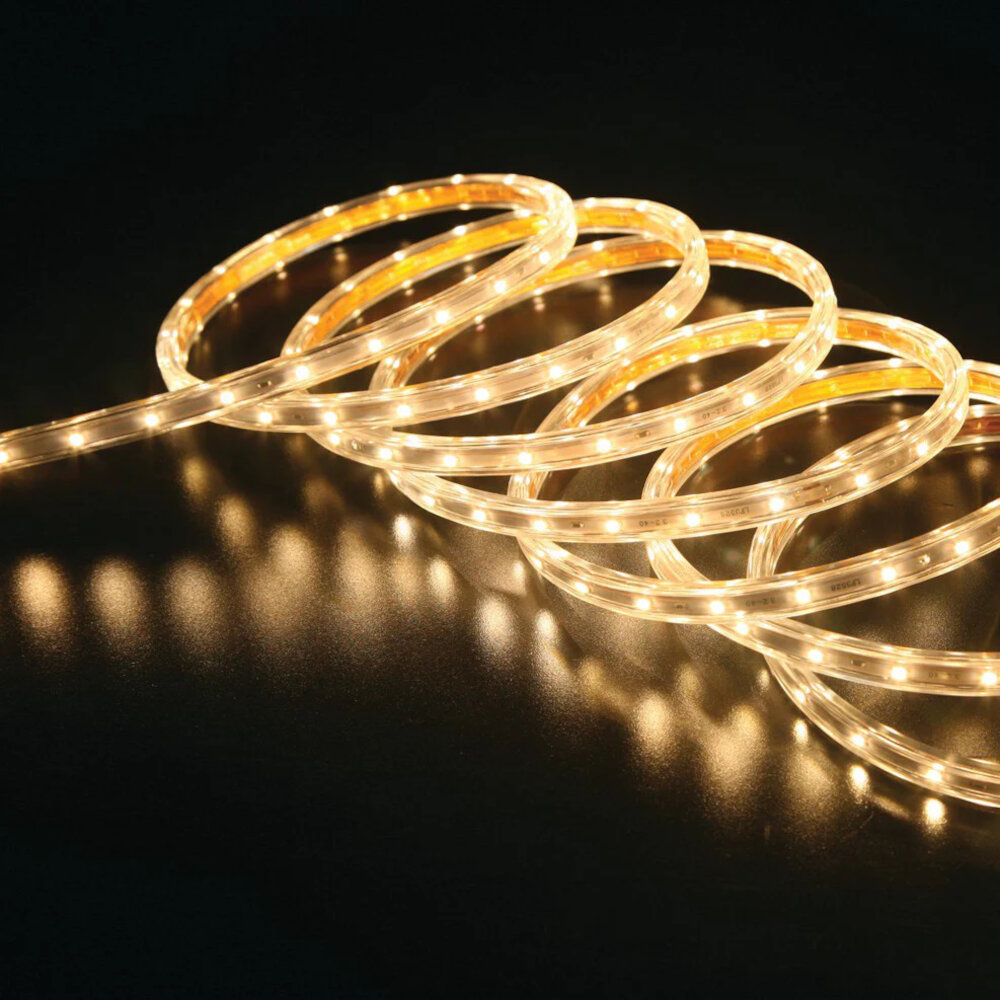
LED lights have become a popular choice for lighting solutions in recent years due to their energy efficiency and durability. The average lifespan of LED lights is typically between 25,000 and 50,000 hours, which can be up to 25 times longer than traditional incandescent bulbs. This means that LED lights can last for several years before needing to be replaced, making them a cost-effective option for both residential and commercial use. Additionally, LED lights are much more energy-efficient than traditional bulbs, which can result in significant savings on energy bills over time. The lifespan of LED lights can vary depending on several factors, such as the quality of the bulb, the environment it is used in, and the level of usage. For example, LED lights that are used for extended periods of time may have a shorter lifespan than those that are used less frequently. Similarly, LED lights that are exposed to extreme temperatures or moisture may also experience reduced longevity. However, with proper usage and maintenance, LED lights can remain functional for years, making them a reliable and long-lasting lighting solution for any setting.
The lifespan of an LED light is determined by several factors, including the quality of the components used in its construction, the operating temperature, and the amount of time it is used. Typically, an LED light will last between 25,000 and 50,000 hours, or up to 15-20 years of use. However, this can vary depending on the conditions in which the LED is used. For example, if the LED is exposed to high temperatures or frequent power surges, its lifespan may be shortened. Additionally, the quality of the components used in the LED can also impact its lifespan, with higher-quality components typically resulting in a longer life. To ensure the maximum lifespan of an LED light, it is important to select high-quality components and operate the light under optimal conditions.
When it comes to the lifespan of lighting technologies, LED lights outperform traditional incandescent bulbs by a significant margin. Whereas traditional incandescent bulbs have a relatively short lifespan of around 1,000 hours, LED lights can last up to 50,000 hours or more. This is due to the fact that LED lights use a different method of producing light that is much more efficient than the heating of a filament in an incandescent bulb. With LED lights, electrical energy is converted directly into light, resulting in less heat generation and less wear and tear on the bulb. This means that LED lights not only last longer, but they are also more energy-efficient and cost-effective in the long run.
LED lights have revolutionized the lighting industry by providing energy-efficient and long-lasting lighting solutions. There are various types of LED lights available in the market, including standard LED bulbs, LED floodlights, LED tube lights, LED strip lights, and more. Each type of LED light has a different lifespan, depending on factors such as the quality of materials used, operating conditions, and usage patterns. On average, LED lights can last up to 25,000 to 50,000 hours, which is significantly longer than traditional incandescent or fluorescent bulbs. LED bulbs are known for their durability and can withstand shock, vibration, and extreme temperatures, making them ideal for a wide range of applications. Overall, choosing the right type of LED light and maintaining it properly can maximize its lifespan and provide long-lasting, high-quality illumination.
Extending LED Light Lifespan
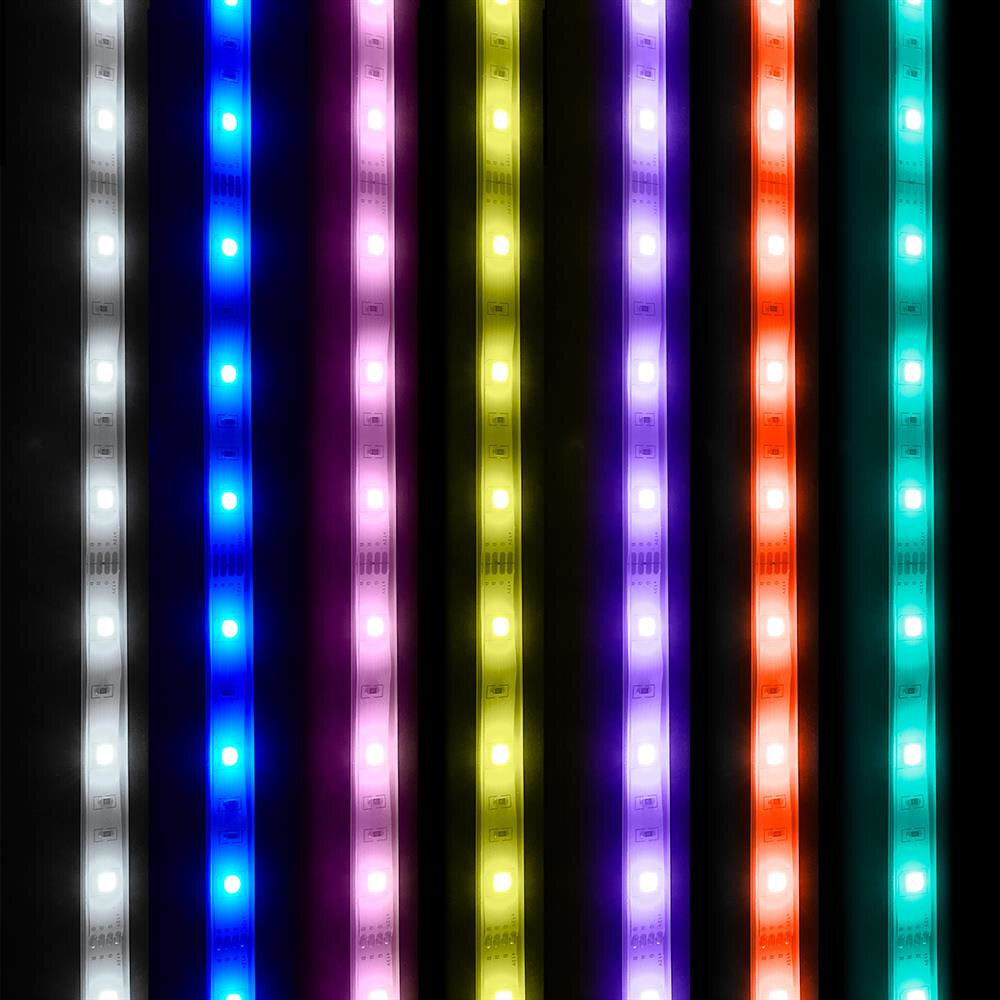
Extending the lifespan of LED lights has become a crucial aspect of energy-saving measures in the modern world. LED lights are energy-efficient, have low maintenance costs, and are environmentally friendly. They are an excellent alternative to traditional incandescent bulbs that consume a lot of energy, generate heat, and have a short lifespan. To extend the lifespan of LED lights, proper installation, and maintenance is necessary. LED lights should be installed in a well-ventilated area to dissipate heat efficiently. Overheating can cause damage to the diodes and other components of the LED lights, leading to reduced lifespan. Another way to extend the lifespan of LED lights is by using high-quality components in the manufacturing process. The quality of components such as the diodes, driver, and the heat sink significantly affect the lifespan of LED lights. High-quality components not only last longer, but they also perform better, consume less energy, and generate less heat. Additionally, proper maintenance practices such as regular cleaning and dusting of the LED lights and their surroundings, as well as avoiding excessive switching on and off, can help to extend the lifespan of LED lights. With proper installation, use of high-quality components, and regular maintenance, LED lights can last for up to 25,000 to 50,000 hours, making them an excellent investment for homes and businesses alike.
To extend the lifespan of LED lights, it’s essential to keep them clean and free from dust and debris. Dust can accumulate on the bulbs, and if it’s not cleaned regularly, it can affect their performance and lifespan. You should also avoid turning the bulbs on and off frequently, as this can cause them to wear out faster. Instead, use a dimmer switch to adjust their brightness. Furthermore, ensure that the bulbs are installed in a well-ventilated area, as overheating can reduce their lifespan. Lastly, choose high-quality LED bulbs from reputable manufacturers, as they are more likely to last longer and provide better performance. By following these tips, you can maximize the lifespan of your LED lights and save money in the long run.
When it comes to using LED lights, it is important to follow some guidelines to ensure they last as long as possible. Firstly, make sure to use them in the right environment – LED lights are ideal for cooler indoor spaces, but can also be used outdoors as long as they are weatherproof. Secondly, avoid frequent on and off switching as this can shorten their lifespan. Thirdly, keep them clean and free from dust and dirt to prevent overheating. Lastly, make sure to purchase high-quality LED lights from reputable manufacturers, and always follow the manufacturer’s instructions on installation and maintenance. By following these tips, your LED lights can last for many years, providing you with energy-efficient lighting for your home or business.
LED Light Lifespan vs. Cost
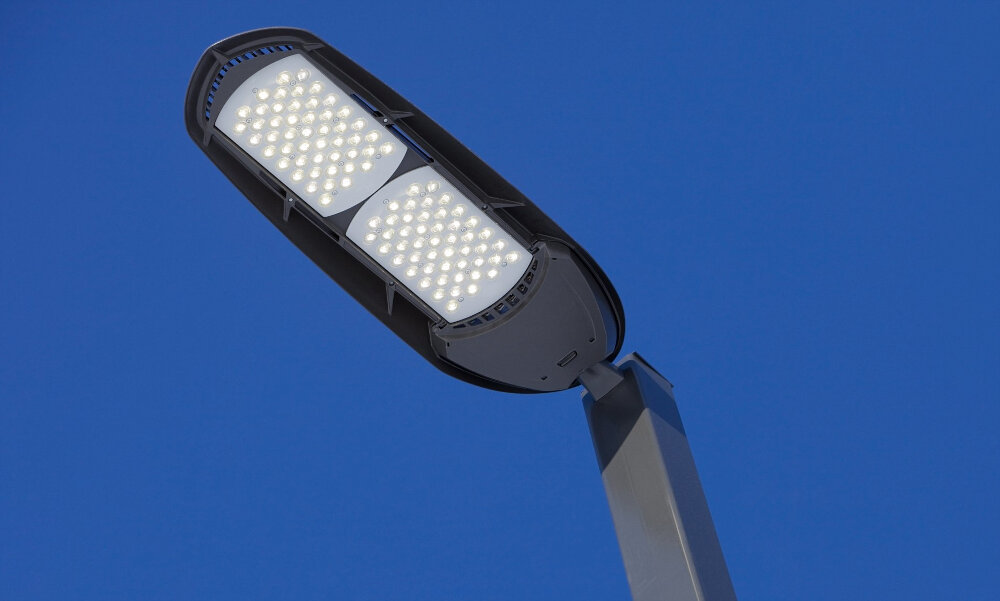
LED lights have become increasingly popular in recent years due to their long lifespan and energy efficiency. While they may be more expensive upfront compared to traditional incandescent bulbs, they save money in the long run by lasting much longer and using less energy. On average, LED lights can last up to 25,000 hours or more, which is significantly longer than incandescent bulbs that typically last only about 1,000 hours. This means that LED bulbs need to be replaced much less frequently, resulting in lower maintenance costs and fewer bulbs ending up in landfills. Additionally, LED lights use up to 80% less energy than incandescent bulbs, resulting in lower electricity bills and a smaller carbon footprint. However, it is important to consider the initial cost of LED lights when making the switch. While LED bulbs may be more expensive than traditional bulbs, their long lifespan and energy efficiency make them a worthwhile investment in the long run. Additionally, the price of LED bulbs has decreased significantly in recent years, making them more affordable and accessible for consumers. When choosing LED lights, it is important to look for bulbs with a high lumen output and color quality to ensure that they provide adequate lighting for your needs. Overall, LED lights are a cost-effective and environmentally-friendly choice for anyone looking to upgrade their lighting system.
When it comes to LED lights, lifespan is a crucial factor that affects the overall cost. Unlike traditional incandescent bulbs, LED lights don’t burn out suddenly, but their brightness slowly decreases over time. The lifespan of an LED bulb is determined by the number of hours it can run before reaching 70% of its initial brightness level. A typical LED bulb can last anywhere between 25,000 to 50,000 hours, which means it can last for several years without needing any replacements. However, the initial cost of LED lights might be higher than traditional bulbs, but their longer lifespan ultimately saves money in the long run. Additionally, LED lights consume less energy, which significantly lowers the electricity bill and also reduces the carbon footprint. Therefore, investing in LED lights is a wise decision that not only saves money but also benefits the environment.
When it comes to the cost of LED lights versus traditional incandescent bulbs, there is no comparison. While LED bulbs may have a slightly higher upfront cost, they make up for it in energy efficiency and longevity. LED bulbs use significantly less energy than incandescents, which means you’ll see a significant savings on your energy bill over time. Additionally, LED bulbs last much longer than incandescents, with lifespans of up to 25,000 hours or more. When you consider the energy savings and the fact that you won’t have to replace your bulbs nearly as often, the cost of LED lights is truly a no-brainer.
When it comes to lighting, LED lights offer many benefits, including long-term cost savings. While LED bulbs may be more expensive upfront, they typically last much longer than traditional incandescent bulbs. LED lights can last up to 25 times longer, which means less money spent on replacements and reduced maintenance costs. Additionally, LED lights are more energy efficient, using up to 80% less energy than incandescent bulbs, resulting in lower electricity bills. With their longer lifespan and energy efficiency, LED lights can provide significant long-term cost savings for both residential and commercial lighting applications.
In summary, LED lights have a significantly longer lifespan than traditional incandescent bulbs, with an average of 25,000 to 50,000 hours of use. The lifespan of LED lights can also be affected by factors such as temperature, humidity, and voltage fluctuations. Proper installation and maintenance are crucial in maximizing the lifespan of LED lights. Additionally, it is important to choose high-quality LED lights from reputable manufacturers to ensure durability and reliability. While LED lights may have a higher upfront cost than traditional bulbs, their longer lifespan and energy efficiency make them a cost-effective and environmentally-friendly choice in the long run.
When purchasing LED light bulbs, one of the most important factors to consider is the lifespan of the bulb. LED bulbs are known for their longevity, as they have a much longer lifespan than traditional incandescent bulbs. A longer lifespan means less maintenance and replacement costs, which can save you money in the long run. Additionally, LED bulbs are more energy-efficient, which not only saves you money on your electricity bill but also reduces your carbon footprint. By considering the lifespan of LED bulbs when purchasing, you can ensure that you are making a cost-effective and environmentally responsible choice.
In conclusion, the lifespan of LED lights is undoubtedly longer than traditional incandescent bulbs. While a few factors can affect the longevity of LED lights, including the quality of the bulb and its usage, the average lifespan of an LED bulb is around 25,000 hours. It is essential to choose high-quality LED bulbs from reputable manufacturers and use them appropriately to maximize their lifespan. LED lights not only last longer but also consume less energy, making them a cost-effective and eco-friendly lighting solution for homes and businesses. With proper maintenance and usage, LED lights can provide bright and efficient lighting for many years, making them a smart investment for anyone looking to save money and reduce their carbon footprint.
Conclusion
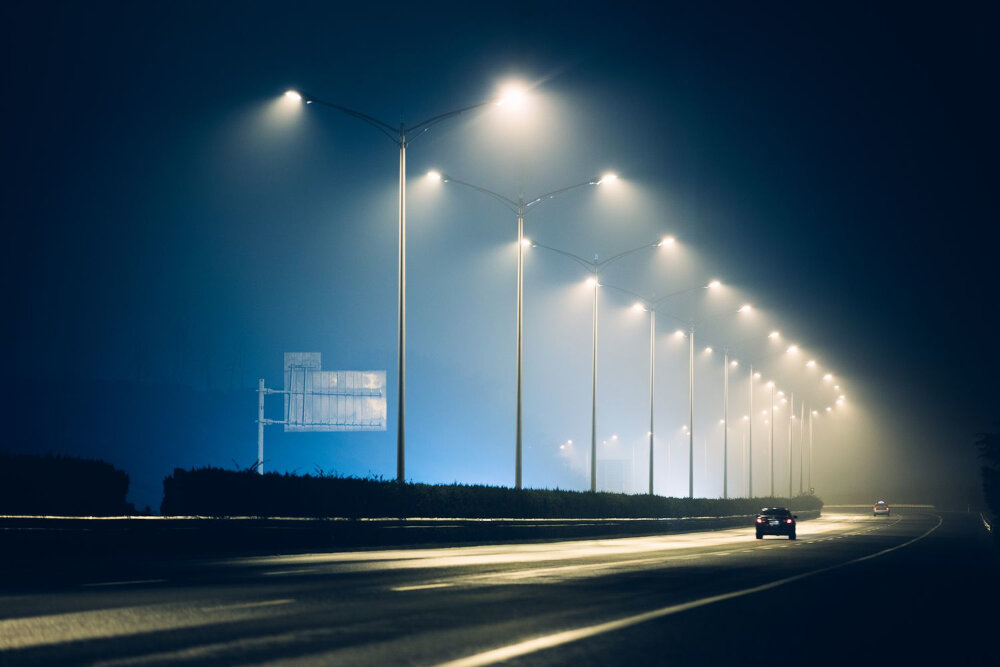
In conclusion, LED lights are a sustainable and energy-efficient lighting solution that can last up to 25,000 hours or more. Their longevity can be attributed to their durable design, low heat emission, and efficient use of energy. While the initial cost of LED bulbs may be higher than traditional incandescent bulbs, their extended lifespan and energy savings make them a cost-effective investment in the long run. As technology continues to advance, we can expect even longer-lasting and more efficient LED bulbs to hit the market. It is clear that LED lights are not only good for your wallet, but also for the environment, making them a smart choice for any home or business.


